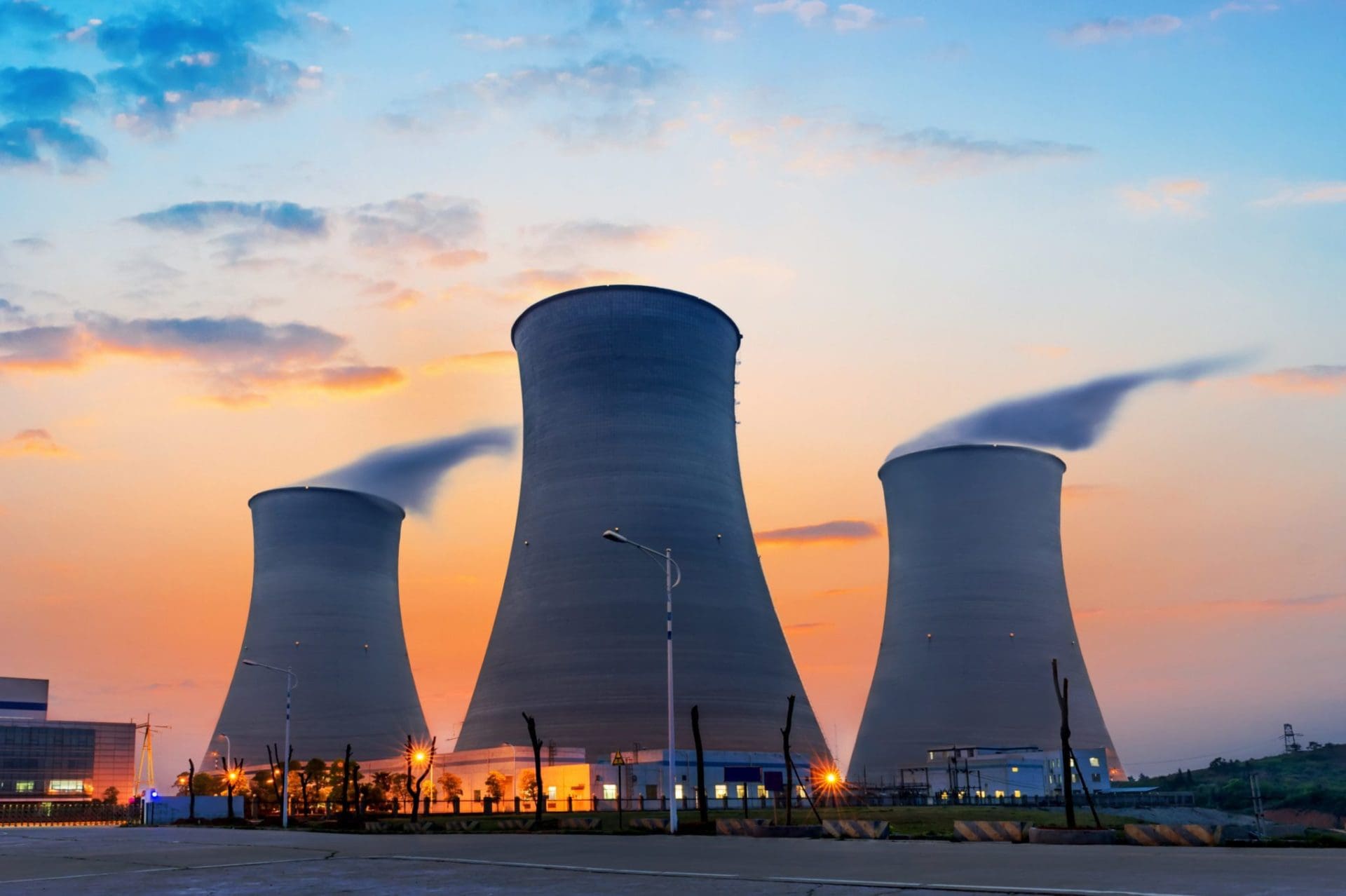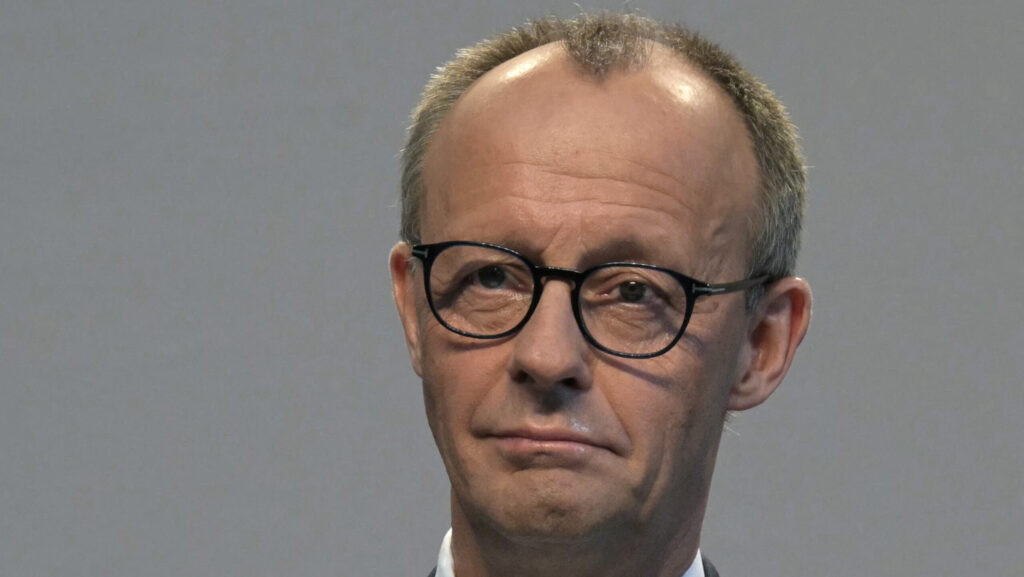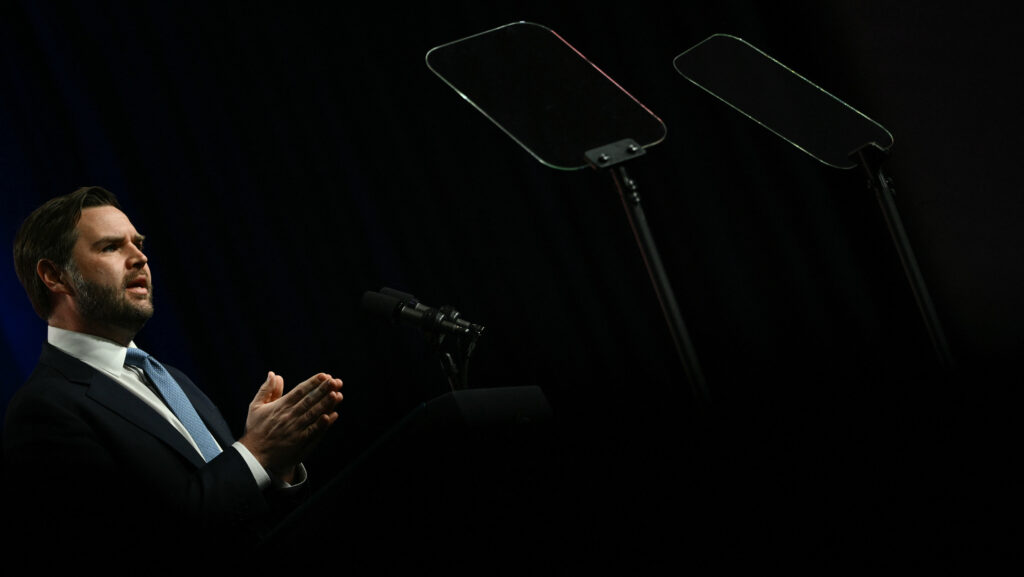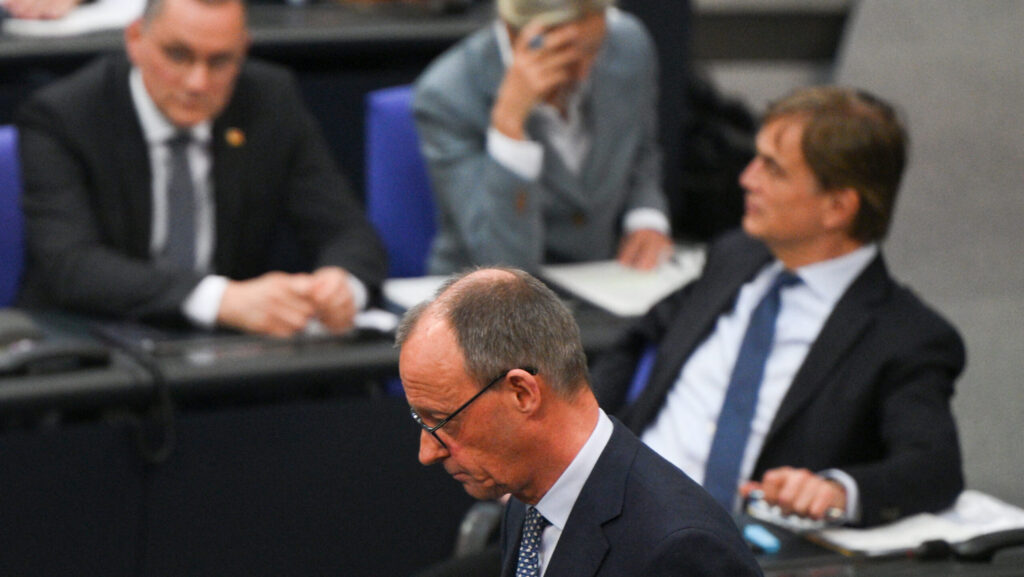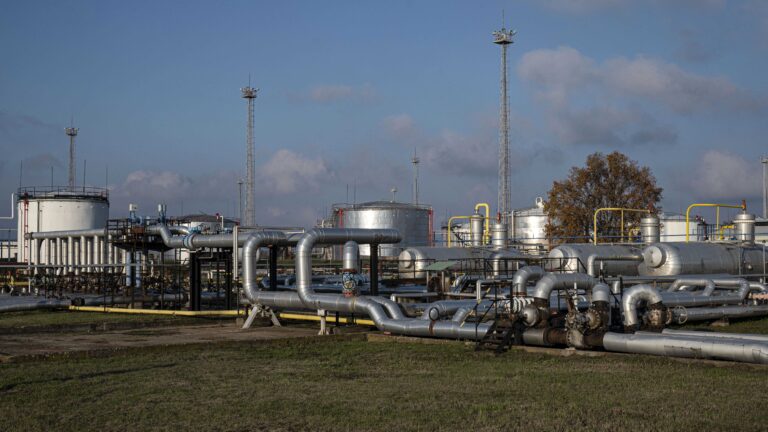Germany’s Energiewende–energy transition, or energy revolution–is a plan to phase out nuclear and coal energy, in an effort to move towards a low-carbon and ‘green’ economy. This plan, considered controversial even before the war in Ukraine, is now catapulting Germany towards an unprecedented energy crisis.
The History of Energiewende
But how and when did Energiewende come to be? The anti-nuclear movement was born not long after the first commercial nuclear power plant came online in 1969 in Obrigheim. After the global oil crisis, Germany’s nuclear programme was given a major boost. In 1973, the ‘Atom Programme’ guaranteed substantial government funds to the nuclear industry, with the goal of increasing nuclear-generated electricity output by 500% by 1985. With the programme, however, came the extremely active public opposition, with slogans such as ‘Nuclear Energy? No Thanks!’. The term ‘Energiewende’ was coined around the time when the Green Party was founded in 1979 – 1980, with the key demands of discontinuing nuclear energy and moving towards a renewable future. The negative sentiments towards nuclear energy were only reinforced by the Chernobyl disaster in 1986, which was the first notable event to truly solidify the anti-nuclear stance of a large part of the German public.
The term ‘Energiewende’ was coined around the time when the Green Party was founded in 1979 – 1980
At the same time, growing concerns over climate change were sparked in part due to the disaster. The Greens were calling for an immediate shutdown of nuclear plants, while the Social Democratic Party (SPD) was calling for a structured phase-out. On the opposite end of the spectrum the Christian Democratic Union (CDU) defended atomic energy as a sensible answer to climate change, as nuclear power plants do not produce CO2.
As a result of conflicting political and scientific views on nuclear power and climate change, an independent body of scientists, politicians and industry leaders, The Enquete Commission on Preventive Measures to Protect the Atmosphere was founded in 1987. The commission’s 1989 report found that there was ‘an extraordinary need for action’ to protect the environment. Despite this, not much was done to really cut down on CO2 emissions, as the wheels of bureaucracy turned rather slowly.
But in the wake of the Kyoto Protocols’ adoption, the government formed by the Social-Democratic and Green alliance in 2002, known as the “red-green government”, reached a “nuclear consensus” to phase out all nuclear plants–limiting the lifespan of plants to 32 years–by 2022, to pander to those who feared the technology. The enactment of the Renewable Energy Act of 2000 (EEG) was meant to help reduce CO2 emissions by providing functional and financial support for cost-competitive nuclear plants (until their decommission) and renewable energy sources.
The Stade and Obrigheim plants were taken offline in 2003 and 2005 respectively, which was met with heavy criticism by Angela Merkel, calling the measures a ‘destruction of national property’, which would be reversed if the CDU came to power. Standing by her word, after the 2009 CDU victory in the elections, chancellor Angela Merkel and the coalition government mandated a 12-year delay of the phase-out schedule.
Polls showed that the majority of the population consistently supported the phase-out plans
However in 2011, the Fukushima disaster happened, the second and final notable event that cemented the anti-nuclear stance of Germany. In the following days, in a sudden U-turn, Angela Merkel’s CDU reversed their pro-nuclear stance, and instead opted to go full throttle with the nuclear phase-out, vowing to limit the remaining nuclear plants’ lifetime and shut them down by 2022. Polls showed that the majority of the population consistently supported the phase-out plans.
The Impending Energy Crisis
Despite the fact that Merkel vowed to fill the energy-gap that resulted from doing away with nuclear power by relying on renewables, the promise was not kept. In 2021, Germany’s top power source was coal, followed by wind energy. To make up for the missing energy, Germany is also burning more natural gas, 32% of which was imported from Russia in 2021.
Now that the war in Ukraine rages on and sanctions are in effect, Germany can no longer rely on Russian gas. While the German government scrambles to find a way to lower their dependence, Russia has cut the gas flow to 40% capacity. This could lead to gas-rationing for industrial use, as households and public institutions enjoy the privilege of being prioritized.
Germany is at a crossroads. As opposed to pro-nuclear countries, their hands are tied when it comes to replacing gas, and none of the choices are particularly enticing.
Not only would turning on the decommissioned nuclear plants disrupt the phase-out, it hardly seems like a feasible short-term solution, as procuring fuel rods to run the plants for longer than the coming winter requires more time than usual, as Russia and Kazakhstan account for 40% of Germany’s uranium import. What’s more, Germany has no long-term storage facility for radioactive waste, and as climate change ravages the planet, river water is too warm to be used for cooling the plants.
The second option is renewables. As expected, the use of renewables is on the rise, but setting up wind turbine or solar panel farms take time, due to the nature of their placement or the ongoing supply chain issues.
Having exhausted all other options, the only viable short-term solution for energy generation is to burn coal. Coal is the dirtiest, most CO2 emitting energy source, which Germany planned to completely phase-out by 2038 at the latest, in their bid to go carbon-neutral. Although officials have stated that the turning on of more coal plants would not quash these efforts, the true extent of the effects of bringing them back on is yet to be seen.
The only viable short-term solution for energy generation is to burn coal
Germany’s nuclear phase-out, while possibly well-intentioned, is turning out to be an extraordinarily faulty strategy. Due to the fears surrounding the technology, lawmakers and the public alike have been distancing themselves from nuclear power for decades. As opposed to that, for those who opted to stand by nuclear power, the decision is paying dividends. Pro-nuclear EU countries, such as Hungary, while still facing hardship due to the war, will not have to make as many sacrifices as their anti-nuclear counterparts.

